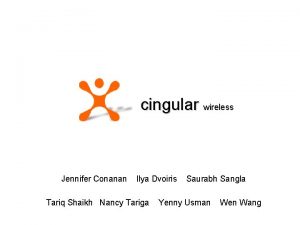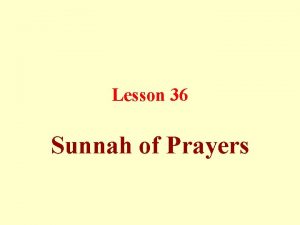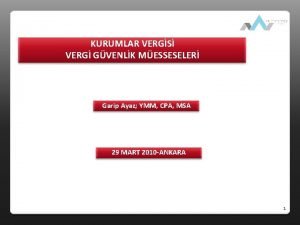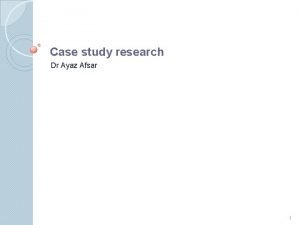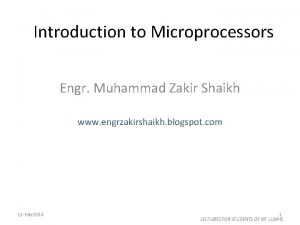Failed Challenger case study Muhammad Ayaz Shaikh Advance











- Slides: 11

Failed Challenger case study Muhammad Ayaz Shaikh Advance Requirements Engineering 02 -25 -2012

The Incident January 28, 1986 Launch About 80 seconds after Launch

Challenger Model

First Damage In less than 1 second, smoke appeared at the ring joint, indicating that the rings are burnt and failed to seal.

First Damage: Post Effects The leak lasted only about 2 seconds then the shuttle rose. In less then a minute of ignition when Challenger was 6 miles up – thick flames start evolving.

Last Damage Shuttle exploded and broke up in 75 seconds. Rockets crisscrossed and continued flying wildly.

The Investigation Why the Challenger Blew UP Engineers had all the data they needed. They knew cold O-Rings were likely to fail. Engineering management believed them and told NASA not to launch. NASA asked for the supporting data and engineers presented the data poorly, NASA was unconvinced. Engineering and management reversed their position and approved the launch.

Chart by Rogers Commission Showing all launches Temperature at Challenger Launch, 32ºF

O-Rings They are Fuel Tank joint but too sensitive in winter. Mid 1985: Scorching becomes noticeable Analysis shows worse on colder days Engineer Roger Boisjoly warns superiors “WE COULD LOSE A FLIGHT” August 1985: NASA Meeting No changes please.

Night Before Launch “too cold, delay launch!” Until 53ºF and it was 29ºF Every single launch in cold temperatures showed damage Competition with Russians to be the first to observe Halley’s comet.

Result The cold O-Rings failed, system exploded and the crew died. R. I. P.



